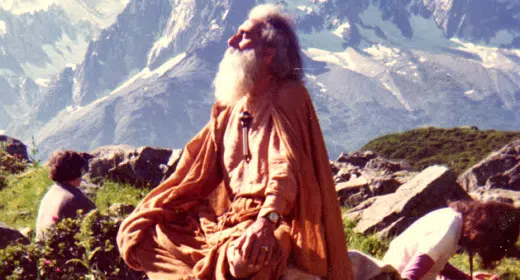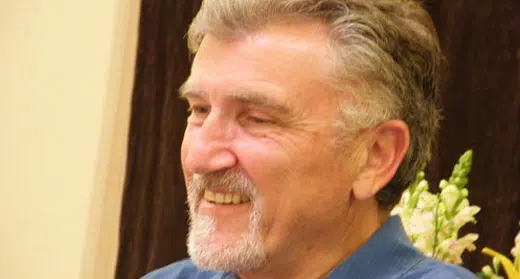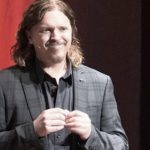by Matt Toussaint: Shamanic healing is a multi-dimensional experience. It engages practitioner and participant on every level: emotional, psychological, personal, spiritual, physical, ideological, etc.
The essence of healing itself is derived from an understanding of wholeness, and so the implication is that to be healed is to be made whole again. In order to be made whole, one must go on the journey of retrieving or reclaiming something that is missing, something vital that causes an imbalance, affliction or suffering.
For instance, a very common shamanic healing practice is soul retrieval. A traditional view of soul retrieval goes something like this: a person suffers from an intense, traumatic experience that results in soul loss, where a piece or part of their soul is somehow trapped by the experience; this missing piece needs to be restored to the person, and in doing so they are brought back to health and made whole again.
From this view of healing, the foundational assumption is that suffering and affliction takes something away from us, something that is vital and belongs to us. A state of wholeness is a state of health, where every aspect of our being — mind, body, spirit — is fully intact. When we need healing, or when we need something to be fixed, we are saying that we need our wholeness restored so we can claim once again what is ours.
This holds as sound and legitimate. But let’s look at this a different way. Let’s say that a person in need of healing is already whole. Let’s say that their experience of suffering is not the result of missing pieces, lost spirits, or trapped energy, nor is there something to be fixed or something wrong. Instead, let’s say that the need for healing and the experience of suffering is the result of a specific arrangement or pattern of spirits and energy, and how someone relates to that pattern. This pattern of spirits, or energetic signature, is very specific to each person and to each experience. No two patterns will ever be exactly the same, just as no two people are the same. But the answers to the questions and the path that leads to healing is always inherent in the pattern itself and in how that pattern is related to. Knowing what this pattern is makes the process of changing the experience of the pattern a whole lot easier — and very effective.
This perspective shift is very simple. It simply says that you are already and always whole, and that you have within you the entirety of your universe. And so by nature of this entirety, you have everything you need to heal. When someone comes to me for a shamanic healing session, I see their wholeness. I see a spiritual being, an expression of energy that it is absolute, and absolutely perfect in their expression. Even if that expression manifests as suffering. Every piece of the puzzle is still intact.
What changes is not an addition to or retrieval of something that’s gone missing, but rather the unique way the pieces and aspects of ourselves are arranged. The shamanic healing process is one that simultaneously provides an experience that shifts the patterns of energy — the spirits — while offering the person who is being healed an opportunity to change their perspective regarding their experience of suffering. This perspective shift is a change in relationship to the very nature of the thing that causes the suffering in the first place. Once this happens, the process can be very fluid, with seamless effort, and ultimately it works.
So instead of looking at healing as a journey to becoming whole again, we can understand shamanic healing as a process of aligning with one’s wholeness through a shift in the way you relate to and perceive whatever is causing you suffering. The change in relationship and perception is the invitation to healing. It opens the door within yourself and invites you to walk through it. Once you make the commitment and move through the doorway, you’ve already agreed that healing will take place. Indeed, it’s already begun. The shamanic journey that ensues is a co-participatory event that you experience as the psychological, emotional, physical and spiritual structures within you align to correspond with the new way you are relating to the experience and yourself as a whole.










































